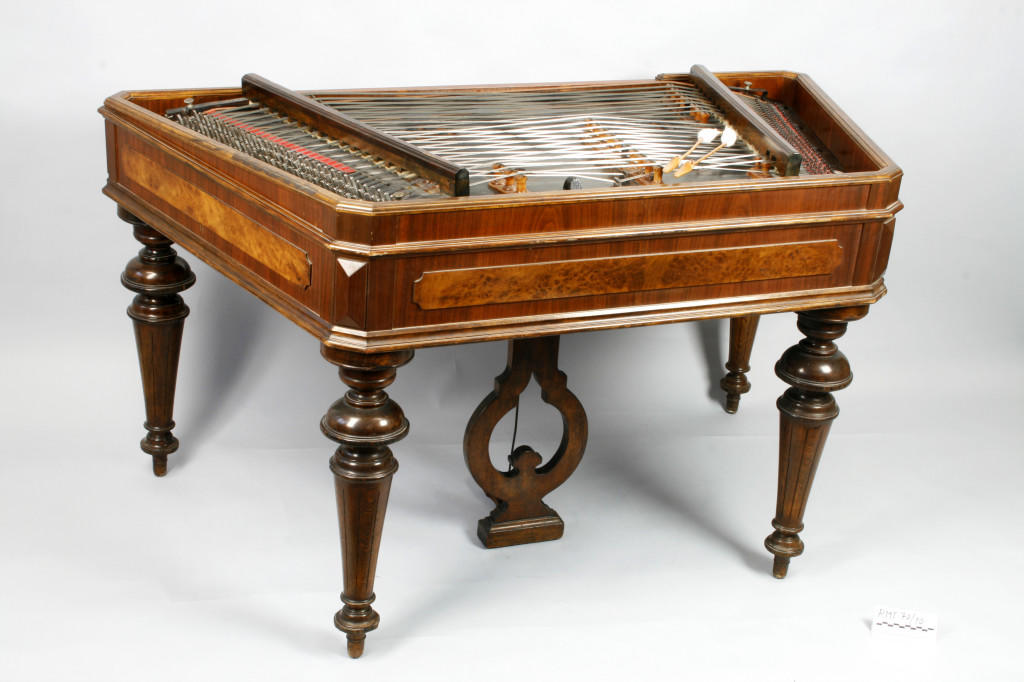- 1/1
So it was that the inventor and instrument manufacturer Jozsef Vencel Schunda began to develop a larger chromatic version of the cimbalom which had damper pedals and which was suited to the music that was popular in bourgeois homes and in concert halls. The instrument quickly became indispensable in Hungarian cultural life. In 1890 a professorship in cimbalom studies was established at the National Academy of Music in Budapest. In 1906 Schunda had sold more than 10000 instruments.
In a letter to Schunda, Franz Liszt wrote: “You have accomplished the same kind of epoch-making distinction as Erard with the harp. Both of you have rescued these ancient instruments from a millennium of neglect and imbued them with the capacities required for the salon – recitals – and orchestra.”
With the dissolution of the Austro-Hungarian Empire after the First World War the cimbalom was less in demand among the bourgeoisie and classical composers, but it lives on in the best of health in folk music circles in Hungary, Romania and the Balkans.
